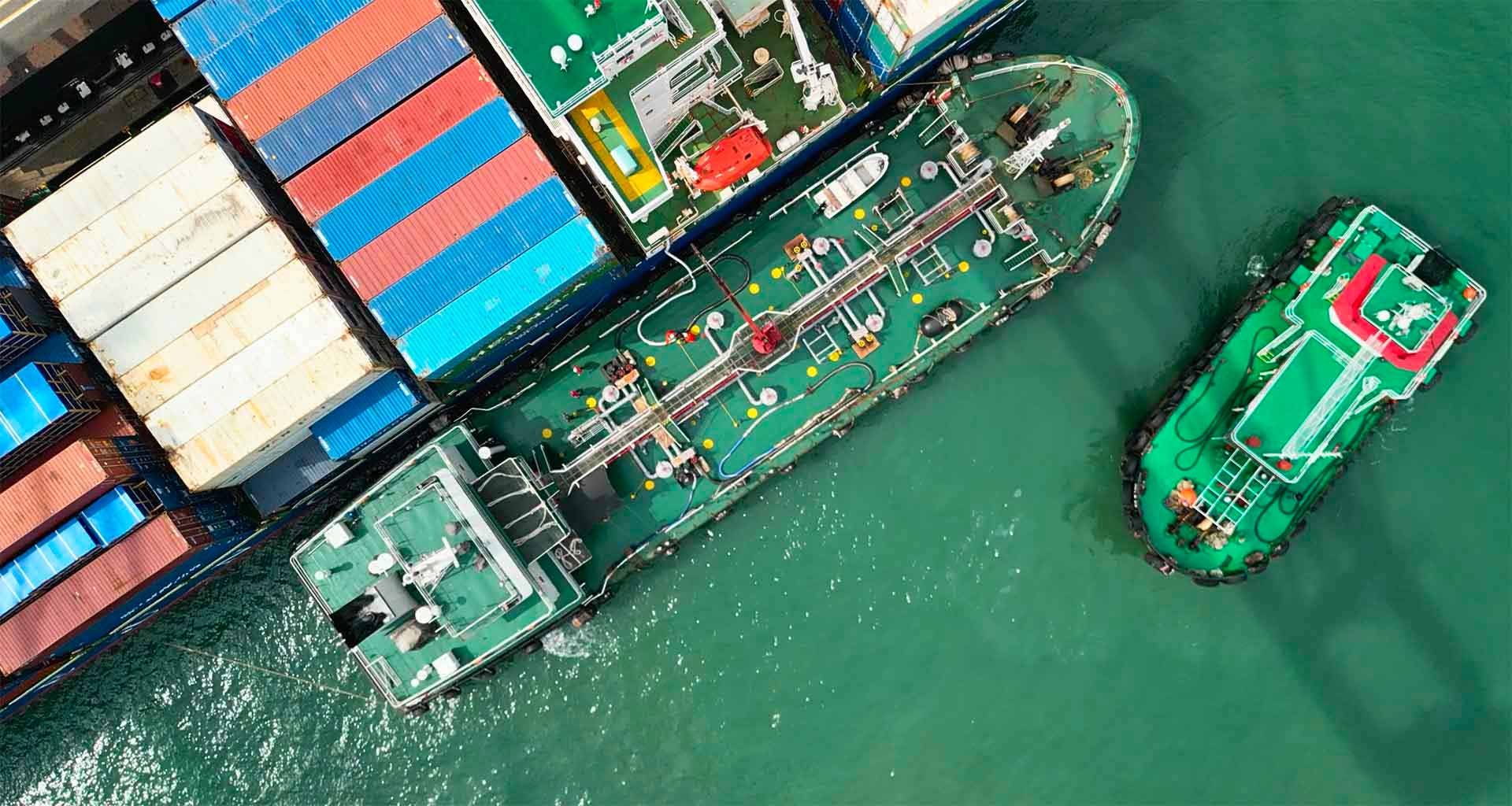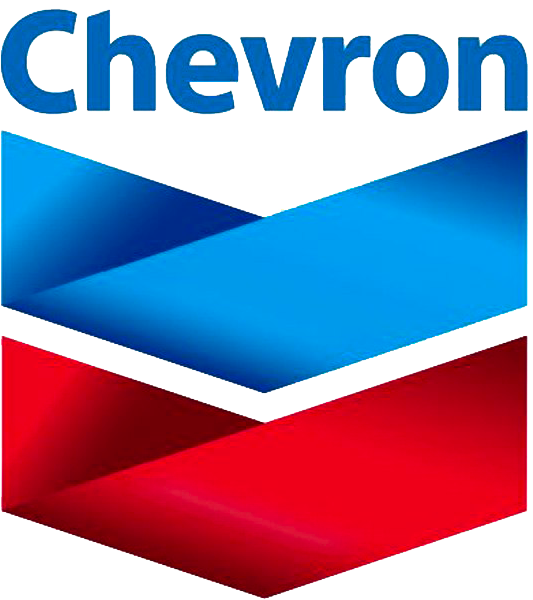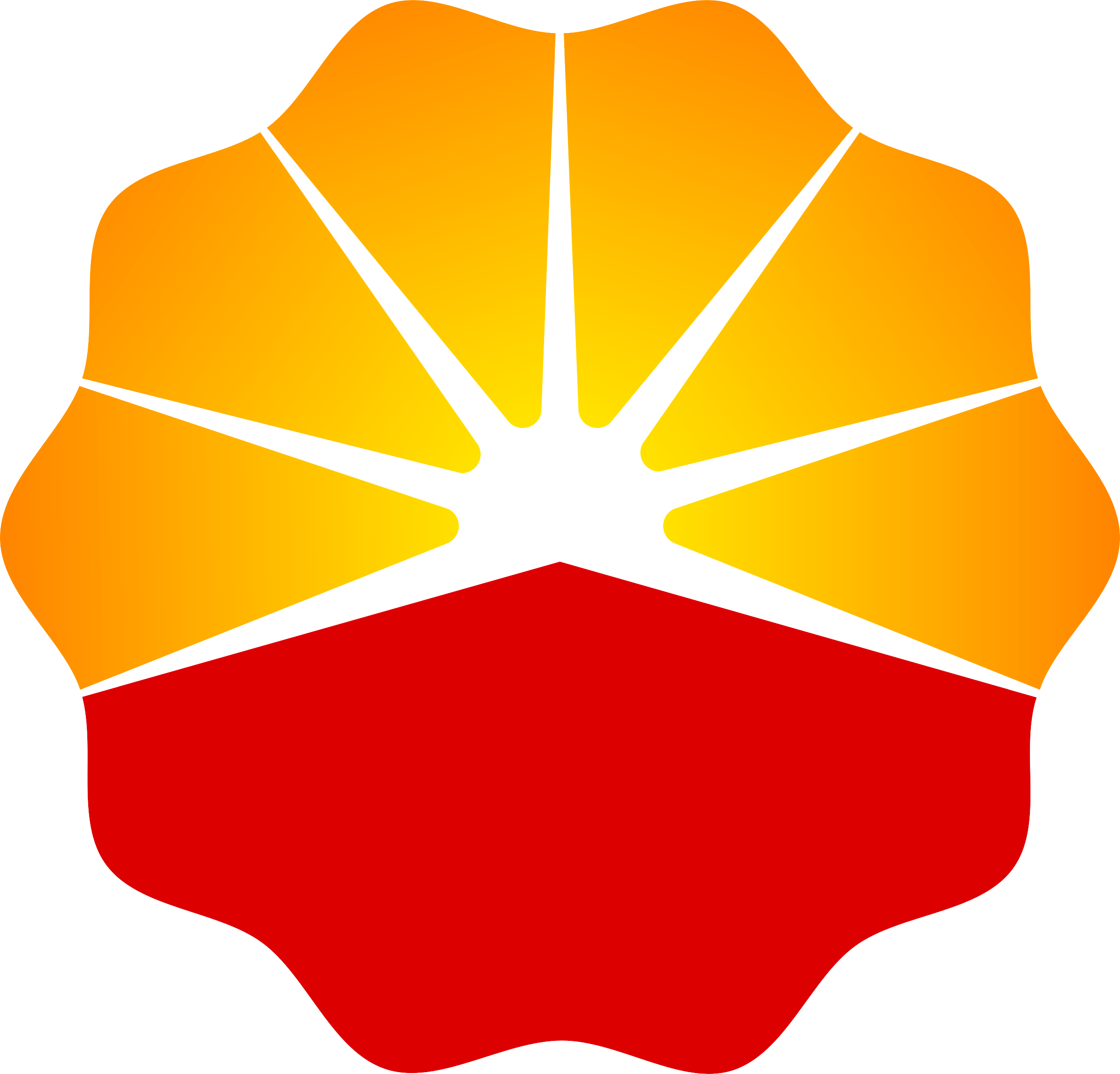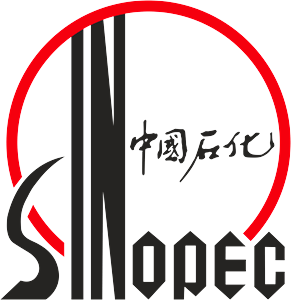Products and Services

Marine Fuel Oil
RMD (80CST)
RME (120CST, 180CST)
RMG (380CST)
VLSFO (0.5%)
Low Sulphur Marine Gas Oil
Low Sulphur Marine Gas Oil (500ppm)
Ultra Low Sulphur Marine Gas Oil (10 ppm)
Euro V diesel (for yachts)
Lube Oil
Cylinder oil – Mobilgard 570
System oil – Mobilgard 300
Generator oil – Mobilgard (M330, M430, M440)
Biodiesel
EURO B5 Diesel
B100
Fresh Water Supply
Ship Agency Services
De-Bunkering Services
Yacht Bunkering Services
We purchase our bunker fuel products and lube oils from reputable major oil companies in Hong Kong. All products we selling are fulfilling the international standard and ISO 8217. Our main bunker fuel products suppliers includes:





Iso Fuel Standard 8217:2005
| Characteristic | Units | Limits | ISO | |
|---|---|---|---|---|
| Density at 15°C | kg/m³ | max | 991.0 | 3675 or 12185 |
| Kinematic Viscosity at 50°C | mm²/s 1 | max | 180.0 | 3104 |
| Flash Point | °C | min | 60 | 2719 |
| Pour Point (upper) 2 | ||||
| Winter Quality | °C | max | 30 | 3016 |
| Summer Quality | °C | max | 30 | 3016 |
| Carbon residue | % (m/m) | max | 15 | 10370 |
| Ash | % (m/m) | max | 0.10 | 6245 |
| Water | % (V/V) | max | 0.5 | 3733 |
| Sulfur 3 | % (m/m) | max | 4.50 | 8754 or 14596 |
| Vanadium | mg/kg | max | 200 | 14597, IP 501 or IP 470 |
| Total sediment potential | % (m/m) | max | 0.10 | 10307-2 |
| Aluminium plus silicon | mg/kg | max | 80 | 10478, IP 501 or IP 470 |
| Used lubricating oil (ULO) | The fuel shall be free of ULO | |||
| Zinc | mg/kg | max | 154 | IP 501 or IP 470 |
| Phosphorus | mg/kg | max | 154 | IP 501 or IP 500 |
| Calcium | mg/kg | max | 304 | IP 501 or IP 470 |
| Characteristic | Units | Limits | ISO | |
|---|---|---|---|---|
| Density at 15°C | kg/m³ | max | 991.0 | 3675 or 12185 |
| Kinematic Viscosity at 50°C | mm²/s 1 | max | 380.0 | 3104 |
| Flash Point | °C | min | 60 | 2719 |
| Pour Point (upper) 2 | ||||
| Winter Quality | °C | max | 30 | 3016 |
| Summer Quality | °C | max | 30 | 3016 |
| Carbon residue | % (m/m) | max | 18 | 10370 |
| Ash | % (m/m) | max | 0.15 | 6245 |
| Water | % (V/V) | max | 0.5 | 3733 |
| Sulfur 3 | % (m/m) | max | 4.50 | 8754 or 14596 |
| Vanadium | mg/kg | max | 300 | 14597, IP 501 or IP 470 |
| Total sediment potential | % (m/m) | max | 0.10 | 10307-2 |
| Aluminium plus silicon | mg/kg | max | 80 | 10478, IP 501 or IP 470 |
| Used lubricating oil (ULO) | The fuel shall be free of ULO | |||
| Zinc | mg/kg | max | 154 | IP 501 or IP 470 |
| Phosphorus | mg/kg | max | 154 | IP 501 or IP 500 |
| Calcium | mg/kg | max | 304 | IP 501 or IP 470 |
| Characteristic | Units | Limits | ISO | |
|---|---|---|---|---|
| Density at 15°C | kg/m³ | max | 991.0 | 3675 or 12185 |
| Kinematic Viscosity at 50°C | mm²/s 1 | max | 380.0 | 3104 |
| Flash Point | °C | min | 60 | 2719 |
| Pour Point (upper) 2 | ||||
| Winter Quality | °C | max | 30 | 3016 |
| Summer Quality | °C | max | 30 | 3016 |
| Carbon residue | % (m/m) | max | 18 | 10370 |
| Ash | % (m/m) | max | 0.15 | 6245 |
| Water | % (V/V) | max | 0.5 | 3733 |
| Vanadium | mg/kg | max | 300 | 14597, IP 501 or IP 470 |
| Total sediment potential | % (m/m) | max | 0.10 | 10307-2 |
| Aluminium plus silicon | mg/kg | max | 80 | 10478, IP 501 or IP 470 |
| Used lubricating oil (ULO) | The fuel shall be free of ULO | |||
| Zinc | mg/kg | max | 154 | IP 501 or IP 470 |
| Phosphorus | mg/kg | max | 154 | IP 501 or IP 500 |
| Calcium | mg/kg | max | 304 | IP 501 or IP 470 |
| Characteristic | Units | Limits | ISO | |
|---|---|---|---|---|
| Density at 15°C | kg/m³ | max | 890.0 | 3675 or 12185 |
| Viscosity at 40°C | mm²/s 2 | min | 1.5 | 3104 |
| Viscosity at 40°C | mm²/s 2 | max | 6.0 | 3104 |
| Flash Point | °C | min | 60 | 2719 |
| Pour Point (upper) 3 | ||||
| Winter Quality | °C | max | -6 | 3016 |
| Summer Quality | °C | max | 0 | 3016 |
| Cloud Point | °C | max | – | 3015 |
| Sulfur 5 | % (m/m) | max | 1.5 | 8754 or 14596 |
| Cetane Index | – | min | 40 | 4264 |
| Carbon residue on 10% (V/V) destillation bottoms | % (m/m) | max | 0.30 | 10370 |
| Carbon residue | % (m/m) | max | – | 10370 |
| Ash | % (m/m) | max | 0.01 | 6245 |
| Appearance 6 | – | – | Clear + bright | |
| Total sediment, existent | % (m/m) | max | – | 10307-1 |
| Water | % (V/V) | max | – | 3733 |
| Vanadium | mg/kg | max | – | 14597, IP 501 or IP 470 |
| Aluminium plus silicon | mg/kg | max | – | 10478, IP 501 or IP 470 |
| Used lubricating oil (ULO) | The fuel shall be free of ULO | |||
| Zinc | mg/kg | max | – | IP 501 or IP 470 |
| Phosphorus | mg/kg | max | – | IP 501 or IP 500 |
| Calcium | mg/kg | max | – | IP 501 or IP 470 |
Annex C gives a brief viscosity/temperature table, for information purposes only. 1 mm²/s = 1 cSt Purchasers should ensure that this pour point is suitable for the equipmenton board, especially if the vessel operates in both the northern and southern hemispheres. A sulfur limit of 1,0 % (m/m) will apply in emission control areas designated by the International Maritime Organization, when its relevant protocol comes into force. There may be local variations. A fuel shall be considered to be free of used labricating oils (ULO’s) if one or more of the elements zinc, phosphorus and calcium are below or at the specified limits. All three elements shall exceed the same limits before a fuel shall be deemed to contain ULOs.
